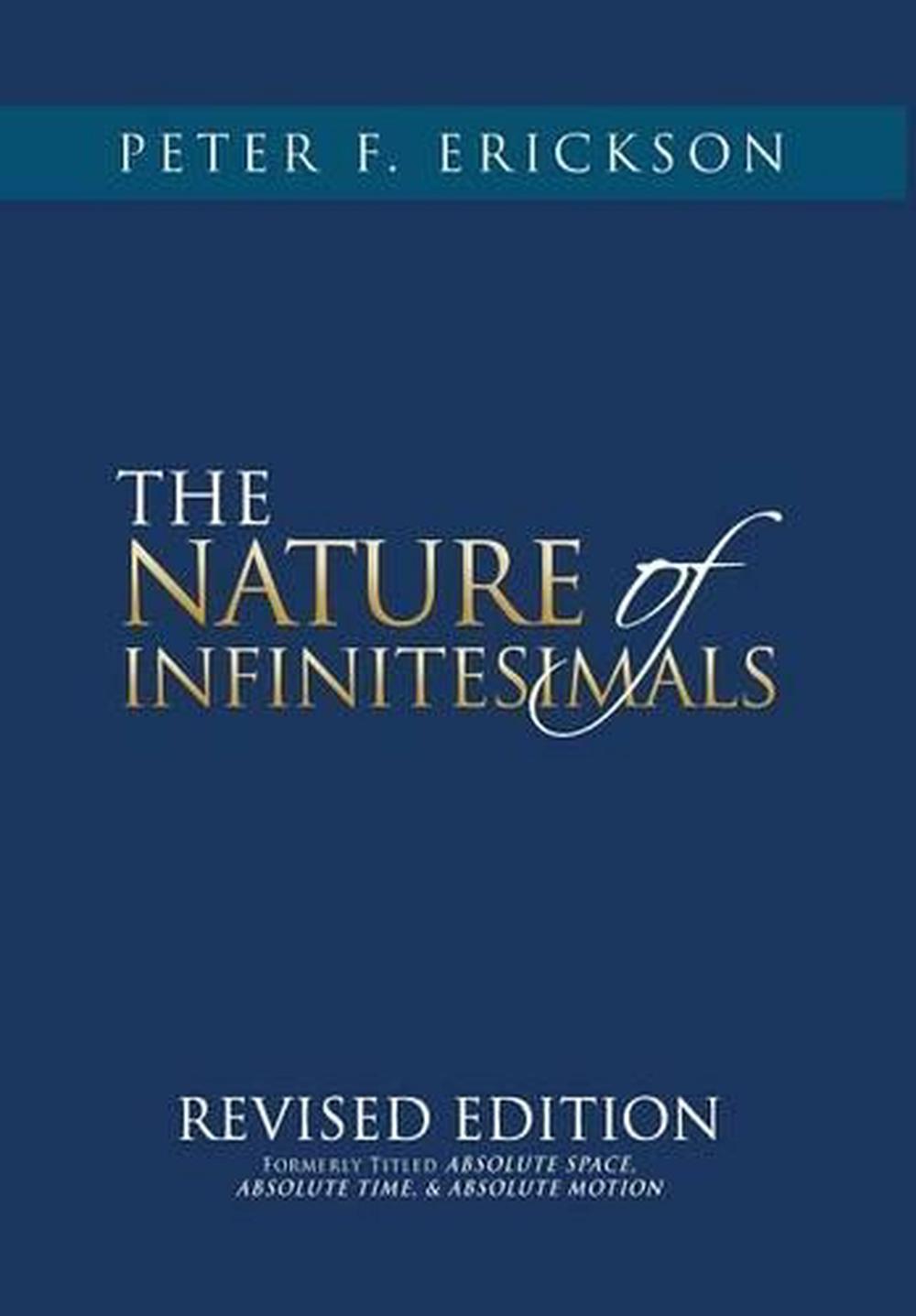

That is, there is a non-degenerate set of nilsquare infinitesimals. If we apply this Principle to the parabola y = x 2 at the origin, we may infer that there is a non-degenerate set Δ of magnitudes ε such that ε 2 = 0. a segment of C which does not reduce to a single point) which is straight around P that is, C is ‘microstraight’ around P. The Principle of Microstraightness: For any smooth curve C and any point P on C, there is a non-degenerate segment of C (i.e. De L'Hôpital's postulate provides, indeed, a key axiom of SIA: In his Analyse des Infinements Petits (1696), De L'Hôpital postulated that ‘a curved line may be regarded as made up of infinitely small straight line segments’, thereby making explicit Barrow's notion of a ‘linelet’. Footnote 4Ī more recent development − Kock and Lawvere's Smooth Infinitesimal Analysis (SIA) − takes us closer to the geometric intuitions that underpinned the founders’ work. Footnote 3 The charge of self-contradiction was refuted by Abraham Robinson when he created non-standard analysis but his conception of infinitesimals, resting as it does on twentieth-century model theory, lies at some distance from anything that the founders of the calculus could have had in mind. Footnote 2 Russell − not usually a friend of the Society of Jesus − dismissed them as ‘unnecessary, erroneous, and self-contradictory’.

Berkeley derided them as ‘ghosts of departed quantities’. In disparaging infinitesimals, the Jesuits have had more recent allies. In his book Infinitesimal, Amir Alexander argues convincingly that this edict was partly responsible for moving the centre of activity in mathematics and physics away from the sunny squares of Padua and Bologna to the damper environment of the English fens. Unfortunately for the Jesuat mathematicians inspired by Cavalieri's Geometria Indivisibilibus, the Jesuits anathematized infinitesimals as heretical, and their view eventually prevailed in Italy. His student Cavalieri extended this ‘method of indivisibles’ to determine the area inside a spiral, and Cavalieri's pupil Torricelli deployed and extended the method in his Opera Geometrica (1644), a work studied closely by Wallis, Newton, and Leibniz. Galileo's argument for his law of falling bodies (the distance travelled in time t by a body uniformly accelerating from rest at rate a equals ½ at 2) treats the area under a velocity-time curve as composed of infinitely many infinitesimally thin lines. In all of this, Barrow, Newton, and Leibniz were following a lead that Italian mathematicians had provided earlier in the seventeenth century.

The same holds good of Newton's great rival, Leibniz, who wrote of ‘quantités inassignables’. His student, Newton, wrote of ‘evanescent quantities’ these, too, are essential to his development of the calculus. Thus Isaac Barrow wrote of ‘linelets’ and ‘timelets’ these are crucial to his method for calculating the slope of tangents in Lectiones Geometricae (1670). The founders of the calculus in the seventeenth century made essential use of infinitesimal quantities – that is, of quantities whose absolute values, while not necessarily being identical with zero, are smaller than any finite value.


 0 kommentar(er)
0 kommentar(er)
